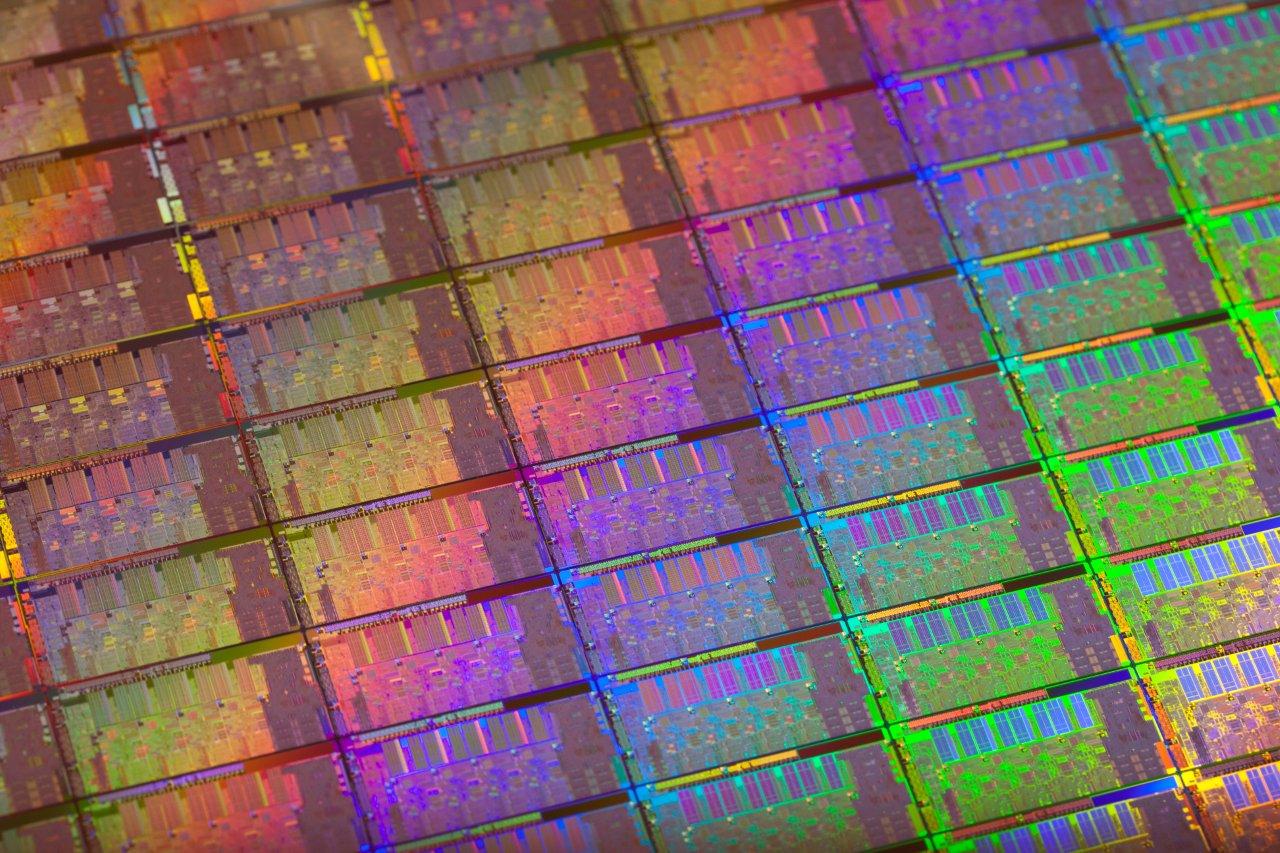73% of x86 Processors Now Integrate Graphics
Intel's Sandy Bridge and AMD Fusion processors continue to drive processor revenues, according to data released by IDC.
Q3 CPU revenues were up 12.2 percent sequentially, and up 16.1 percent year over year, the market research firm said. Average selling prices of CPUs climbed more than 5 percent as Sandy Bridge and Fusion processors are claiming a greater share of the product mix. IDC estimates that 73 percent of all processors sold now integrate on-chip graphics capability.
Intel succeeded in the overall processor market as it was able to grow its market share by 0.9 points to 80.2 percent. AMD fell by 0.7 points to 19.7 percent, but it was able to score a substantial gain in the critical mobile market, where AMD was up by 2.4 points to 17.6 percent. Intel was down by 2.1 points to 82.3 percent, IDC said.
"Clearly, Intel's Sandy Bridge and AMD's Fusion microprocessors with integrated graphic processors are rising in each company's product stack and driving the price increase," said IDC's Shane Rau. "At the same time, low-end processors, notably Intel's Atom processors, are declining as a percentage of the unit mix."
Intel was slightly up in the server/workstation market to 95.1 percent and gained an impressive 4.8 point share to 75.8 percent in the desktop segment. AMD was down by 4.8 points to 24.1 percent.
Get Tom's Hardware's best news and in-depth reviews, straight to your inbox.

Douglas Perry was a freelance writer for Tom's Hardware covering semiconductors, storage technology, quantum computing, and processor power delivery. He has authored several books and is currently an editor for The Oregonian/OregonLive.
-
nordlead It would be nice if Intel offered most of their CPUs without integrated graphics for cheaper. Most gamers would buy a i5-2500k without integrated graphics since they already use dedicated graphics cards.Reply -
jdamon113 Nivdia cant, Jen-Hsun Huang cant stand Intel, he will never pay the x86 License, thus admitting he needs intel to move forward.Reply
You can bet they will continue with arm, although in the next two three years , I supect intel will put his mighty hands around arm neck of arm and put a lot of preasure on them and eventually getting rid of it. -
saturnus It would be interesting if they would state the volume of sales instead of a percentage, so we can compare to other processors such as ARM which has sold 1.4 billion processors in 2011Q3 alone.Reply -
house70 jdamon113Nivdia cant, Jen-Hsun Huang cant stand Intel, he will never pay the x86 License, thus admitting he needs intel to move forward. You can bet they will continue with arm, although in the next two three years , I supect intel will put his mighty hands around arm neck of arm and put a lot of preasure on them and eventually getting rid of it.Too many arms in there... how many limbs are we counting?Reply
-
zanny jdamon113Nivdia cant, Jen-Hsun Huang cant stand Intel, he will never pay the x86 License, thus admitting he needs intel to move forward. You can bet they will continue with arm, although in the next two three years , I supect intel will put his mighty hands around arm neck of arm and put a lot of preasure on them and eventually getting rid of it.Reply
Intels only advantage over ARM is the fact they fab their own processors. Everyone else ends up with TSMC and they aren't as innovative. In terms of design, fixed instruction width is definitely an advantage over x86, because then you don't waste tons of transistors decoding instructions. The end game of the ARM vs Intel battle will be which platform puts more performance per watt in the smallest transistor package - and ARM is way ahead in that right now. -
ivyanev ZannyIntels only advantage over ARM is the fact they fab their own processors. Everyone else ends up with TSMC and they aren't as innovative. In terms of design, fixed instruction width is definitely an advantage over x86, because then you don't waste tons of transistors decoding instructions. The end game of the ARM vs Intel battle will be which platform puts more performance per watt in the smallest transistor package - and ARM is way ahead in that right now.transistors needed for decoding instruction are well spend compared to transistors in cache 16MB for L2 and L3 in BD is madness,and cache of similar size will be needed if they began putting 16 cores in a diyReply
-
de5_Roy yeah, cpu+igp is teh future of average desktop pcs.Reply
as igps get more and more powerful, pcs change with it. with the newer igps pcs like all in one desktops, a.i.o. touch-enabled pcs, netbook 2.0ultrabooks sales gain traction.
amd's gain in mobile cpu market isn't incredible, people naturally responded to the apus' superiority (llano is probably the cheapest quadcore mobile cpu with desktop class igp while one can buy a whole laptop for the price of a quadcore moble i7).
amd's loss may be entirely credited to fx, 32 nm production problem, transition to 32 nm process and general overhyping inferior products (zambezi).
build on the gain, amd.. and release the revised fxes asap. -
billybobser Two reasons, sandy bridge has no competition.Reply
You can't not have integrated graphics on sandy bridge.
If there were two versions, I bet half of that would be integrated, furthermore
